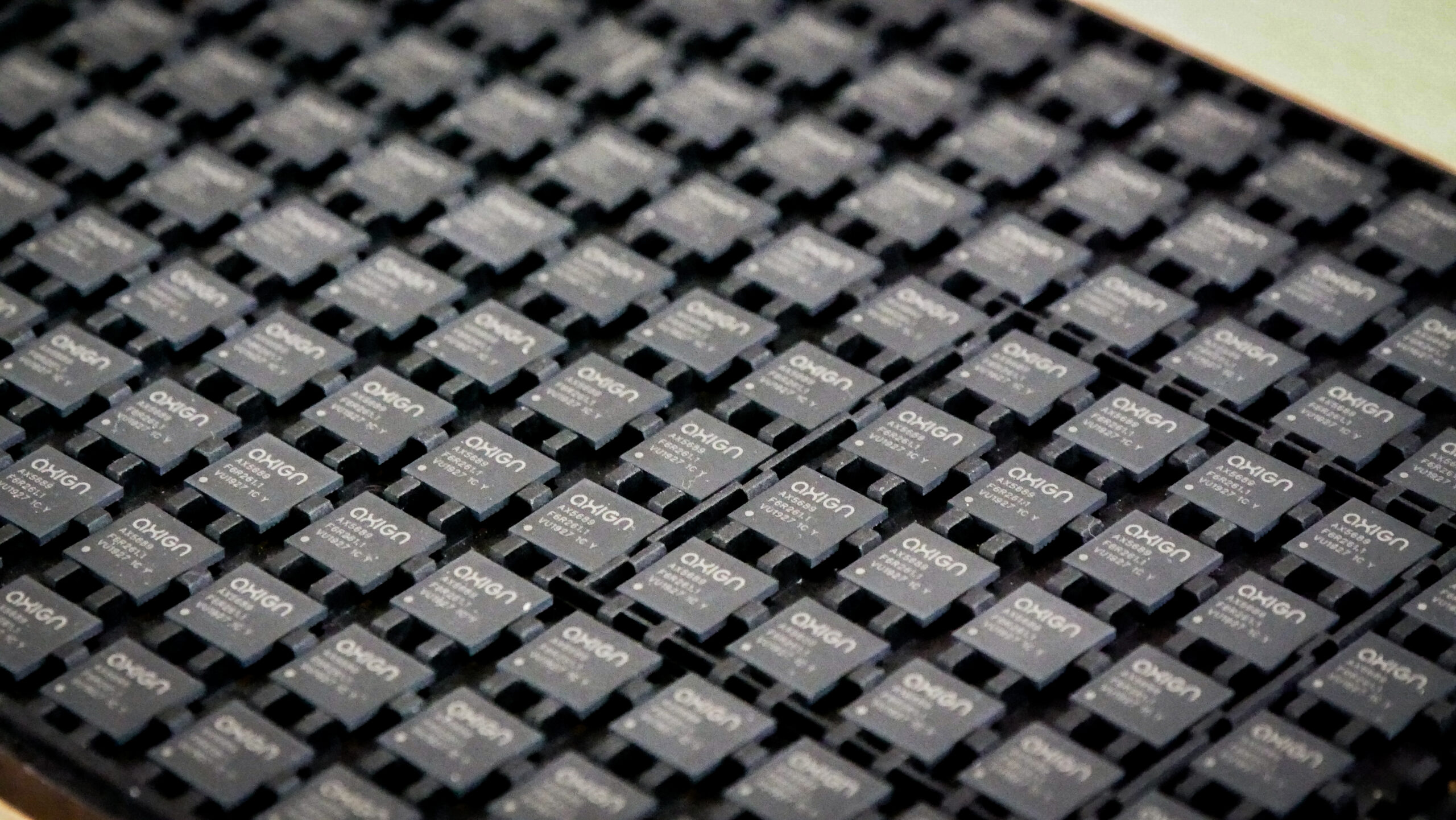- Thread Starter
- #21
You are right, it is not supposed to be there. Otherwise it would not be a monobloc but an integrated...But an attenuator is not an essential capability of a power amplifier. The OP is confused, thinking the lack of an attenuator is an amplifier class thing.
I also get the feeling they believe that amplifier variable gain is achieved through adjusting the rail voltages (perhaps they are thinking of Class H etc.) or through changing the PWM behaviour of Class D.
... which is exactly what I am trying to achieve. Or at least try to know if it is possible.
The first answer in this thread is very important I believe. If my $200 DAC goes wild, I will lose my $2,000 speakers and what's left of my ears!
So, unless I go for FDA (and sell my DAC), I will make the choice of using a safe way to control the volume.
So between the DAC and the monoblocs, I can use a DIY passive preamplifier or a cheap/good Topping pre-amp, one with relays and resistors.
Or, find a whatever class digital amp with variable gain in its output stage. Does this exist or is it impossible?
Digital amp because it is energy efficient and it has great review on ASR (in class D AFAIK).






